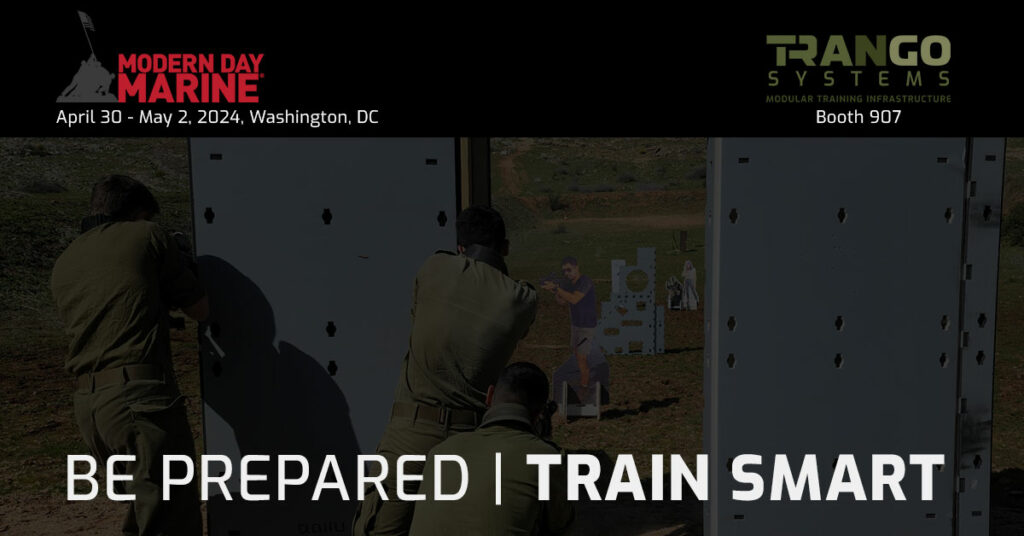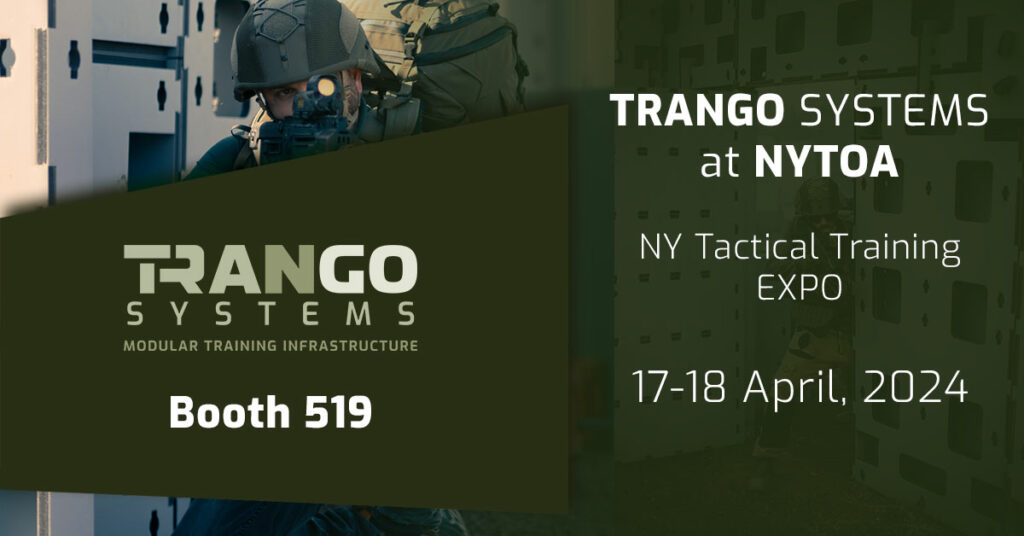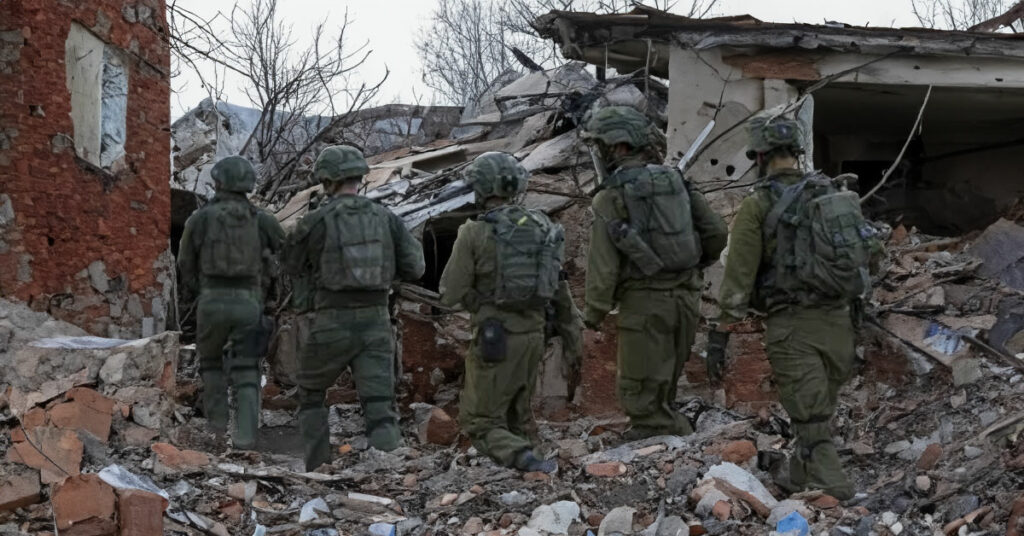WEIGHT AND MOBILITY
Plywood is not lightweight, setting up a building like presented in the picture below will require hours of manpower just for the set-up. If such a configuration was to be set up on a range it will be hard to move it around when it’s not needed and take something like this apart and move it around is extremely taxing.
The lightweight Trango system allows you to set up our CQB training infrastructure easily, mobilize upon need between different training locations or store it without losing precious time resources.
MODULAR CQB TACTICAL TRAINING
When you set up a CQB training site using plywood you limit yourself to a narrow number of scenarios you can train for. The heavyweight of the plywood board does not allow you to move it easily to adjust for different scenarios without losing precious training time. Trango’s modular combat training infrastructure is easy to move around, and built like lego, allowing you to change the configurations without any additional tools or equipment.
RICOCHETS IN CQB TRAINING
Plywood is relatively safe, but there is always the risk of ricochets and fragmentation when dealing with close-range live-fire training. Trango’s system does not have this problem, the bullet goes straight through the wall without any ricochet risk.
REALISTIC TACTICAL TRAINING
In the end, training is all about simulating what you are going to encounter in real life, Plywood, useful as they are, does not provide the robust feel of an actual wall, they do not provide the visual impact a room will actually have. Not to mention Trango also provides additional products such as Friend-and-Foe targets, actual furniture that can be used for live-fire training. Thus, enabling you to train in conditions as close as possible to reality.
MAINTENANCE
Plywood requires a high amount of maintenance, and it’s not water-resistant. The replacement of existing parts over time due to the natural erosion of the material or low resistance to hard weather conditions make it a sub-optimal solution for tactical training.






